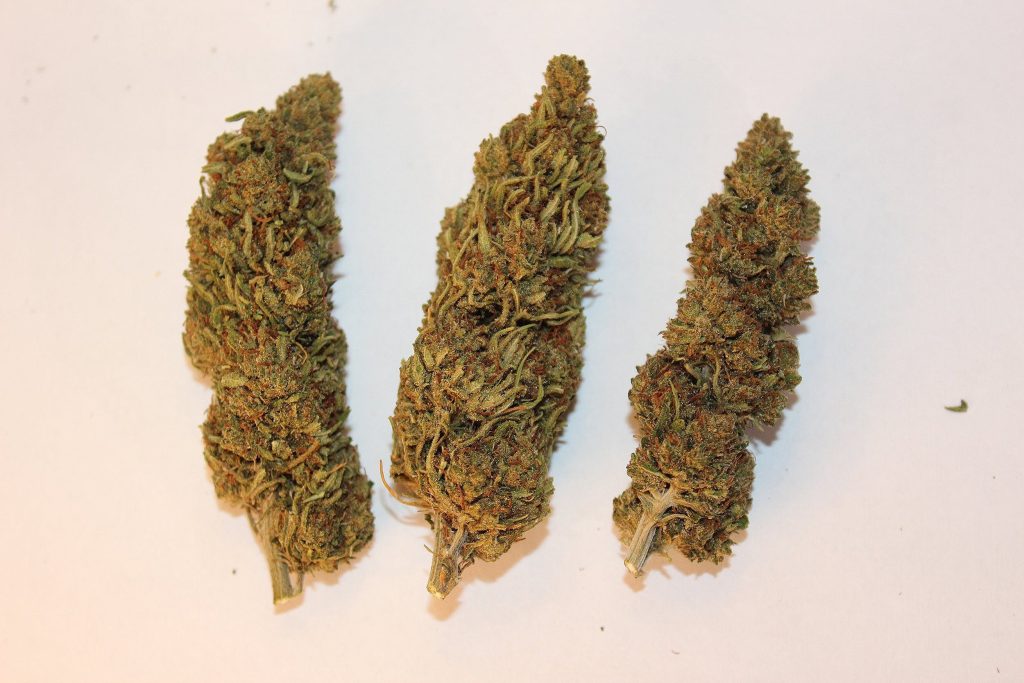
Why Buy CBG Hemp Flower
Cannabigerol acid (CBGA) is a type of Cannabinoid found in the hemp plant. About 80% of CBGA converts into Delta-9 tetrahydrocannabinol (THC) when the plant is exposed to light or heat. The process of converting CBGA into THC is called decarboxylation, and it’s what gives plants their psychoactive properties.
In contrast to its cousin marijuana, which contains many other cannabinoids, hemp refers to Cannabis strains with less than 0.3% THC and usually around 10% cannabidiol CBG Flower.
CBG is the precursor cannabinoid to CBD, THC, CBC, and over 85 other cannabinoids. It’s one of nature’s most potent antioxidants and helps regenerate the skin’s outer layer. CBG also reduces inflammation as an anti-inflammatory, antibacterial, antifungal, and analgesic agent.
Cannabigerol (CBG) is a natural compound found in cannabis alongside tetrahydrocannabinol (THC), cannabidiol (CBD), and many other cannabinoids. Currently present at up to 5% concentration in most cannabis strains, CBG has gained popularity in recent years due to its high therapeutic potential and contribution to high-quality fibre production.
CBG has been mostly ignored by plant breeders, as compared to CBD and THC, bred into the majority of commercial cannabis varieties. This is despite growing evidence that CBG could significantly impact the medical and recreational markets.
Recreational users who prefer a solid body-centric effect may be disappointed by high levels of CBG Flower because it induces non-psychoactive, more mentally stimulating impacts than a sedative. However, for people suffering from inflammation, insomnia, or any other condition that might benefit from temporary relief from pain or sleeplessness without losing mental clarity or acuity – CBG could be an ideal choice.

The human endocannabinoid system (ECS) is composed of a group of endogenous cannabinoid receptors located in the cell membranes throughout the body, and their corresponding endogenous cannabinoids, such as anandamide. CBG is metabolized by the same enzymatic pathways as THC and CBD. Most notably, it is converted into either CBDA or tetrahydrocannabinol acid (THCA) before undergoing heat-induced decarboxylation to become CBD.
CBG has been found to act on parts of the brain’s endocannabinoid system that are not activated by more common cannabinoids. This suggests that CBG somewhat differentially activates the endocannabinoid system, with potential for therapeutic application.
CBG is a potent anti-inflammatory agent and TRPA1 (transient receptor potential ankyrin 1) receptor antagonist in human keratinocytes. This means that CBG inhibits excess neuronal firing in the TRPA1 ion channel receptor, which can cause migraines and other pain disorders such as irritable bowel syndrome (IBS).
Cannabigerol is also found to restore intracellular calcium homeostasis following toxic insults like lipopolysaccharide (LPS) that activate pro-inflammatory pathways.

